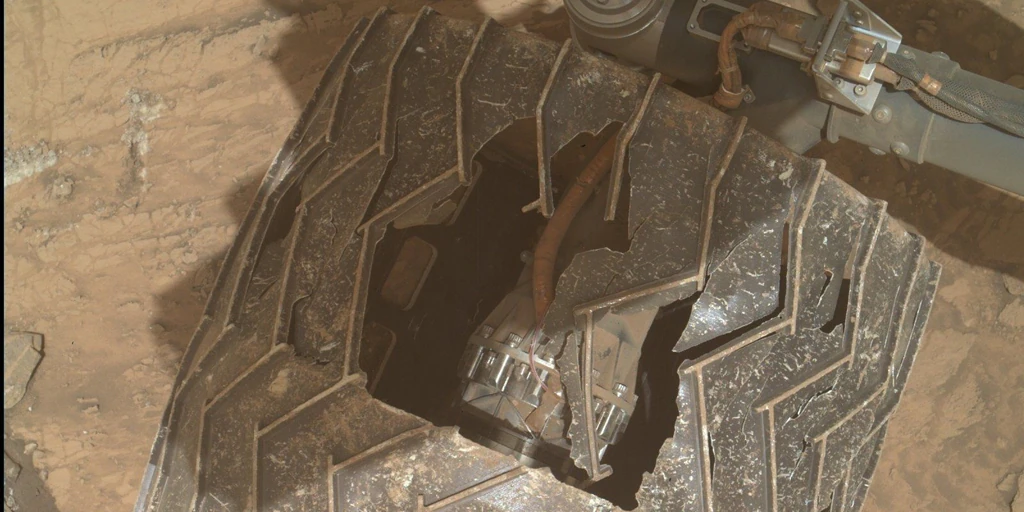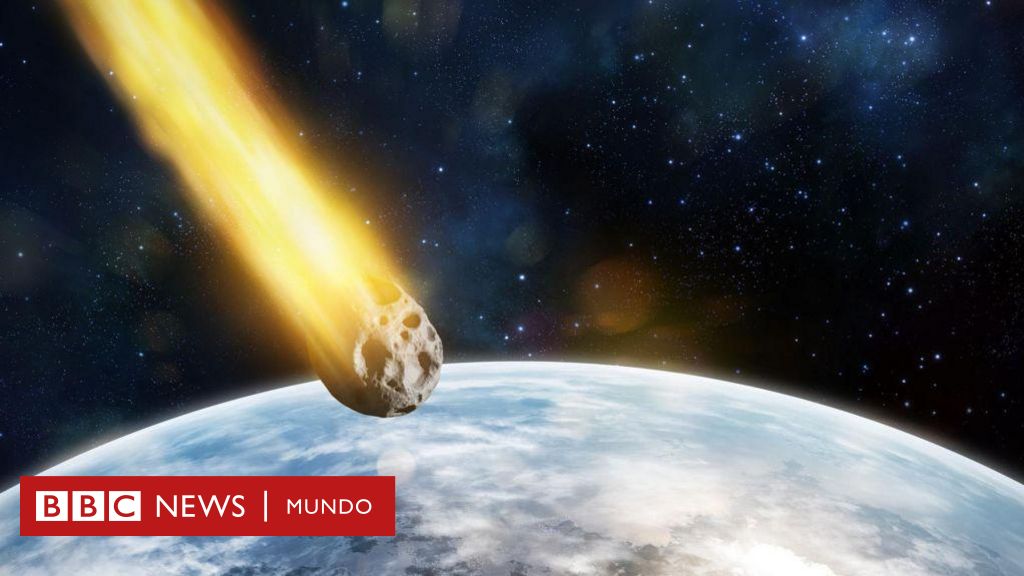After twelve years on Mars, it was inevitable that the Curiosity rover, the oldest active rover sent to the Red Planet, would suffer from its ailments. The NASA vehicle, nearly one ton and three meters long, landed in Gale Crater in August 2012 to determine, among other things, whether the planet had hosted life at some point in its past. Since then, it has traveled about 32 kilometers over rocky terrain worn deep on its six massive wheels.
A photo of a tire taken by the rover's Mars Hand Lens Imager (MAHLI) on September 22 showed more than just a puncture. The massive holes and tears have sparked fears among mission followers on social media that Curiosity may not be able to continue its progress among Martian rocks.
However, the rover appears to be fireproof. If curiosity is all it takes, you can remove part of the tires and continue rolling.
These big wheels keep spinning. 🛞
The recent photos of my wheels may have worried some of you, but I'm here to reassure you, we're fine! Pictures help my team tabs on depreciation and amortization. If it comes down to it, I might dump a portion of them and keep rolling. pic.twitter.com/h1oKLB3oW7
— Curiosity Rover (@MarsCuriosity) October 4, 2024
“One of the weekend's activities was to periodically inspect our wheels to see how they behaved in rough terrain. “The image shows a MAHLI view of the right center wheel (RM), despite having experienced some of the worst abuse on Mars,” he wrote. In a statement Ashley Stroup is a mission operations engineer at NASA's Jet Propulsion Laboratory (JPL).
Wheel damage is nothing new for the rover, which has practically lurched forward with potholes and craters since the start of its journey on Mars.
Curiosity's wheels have been tested for longevity on Earth — the mission initially lasted just two years, now twelve — but they have been subject to damage control since they accumulated faster than expected in 2013. The rover's trajectory was reshaped to avoid further damage and avoid rocky and rough terrain, but that didn't prevent wear and tear. For example, in 2017, a routine test found two small gaps in one of the wheels. Despite that, “overall the six wheels have more than enough working time to take the vehicle to all the locations planned for the mission,” they assured them from JPL.
Some of Curiosity's damage was the result of fatigue from traveling on rough rocky surfaces. Punctures caused by rubbing against sharp rocks were already known and not a surprise to the task force. Overall, the rover has proven to be one of the toughest and most resilient devices sent to Mars.





